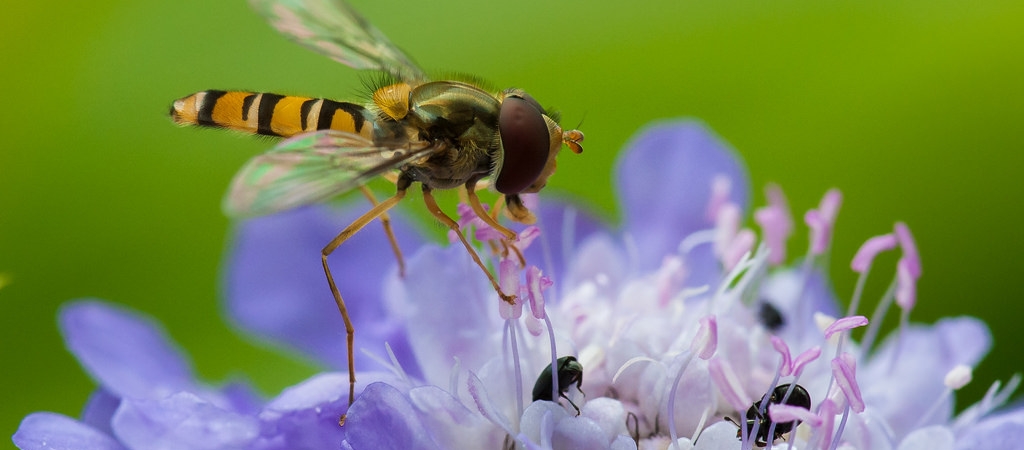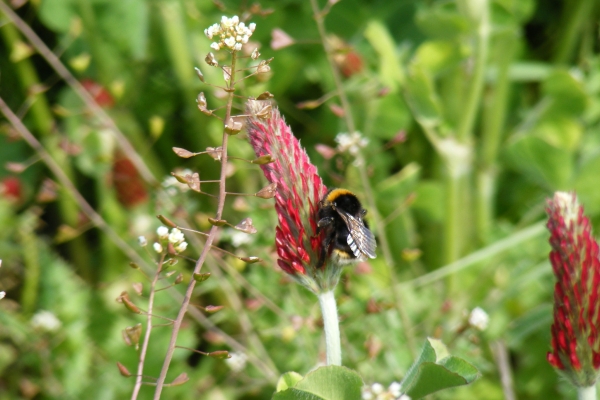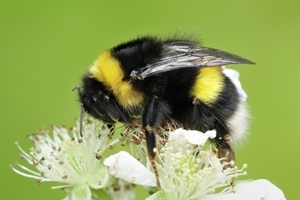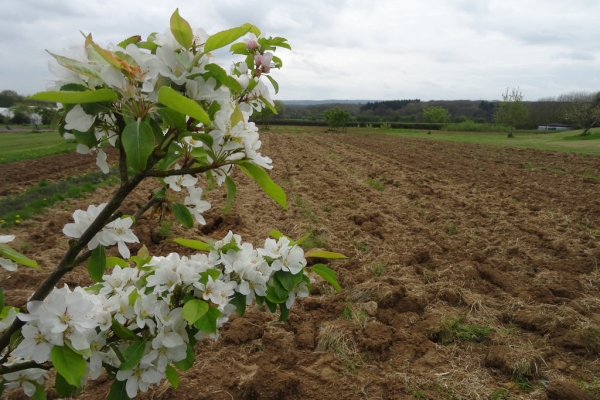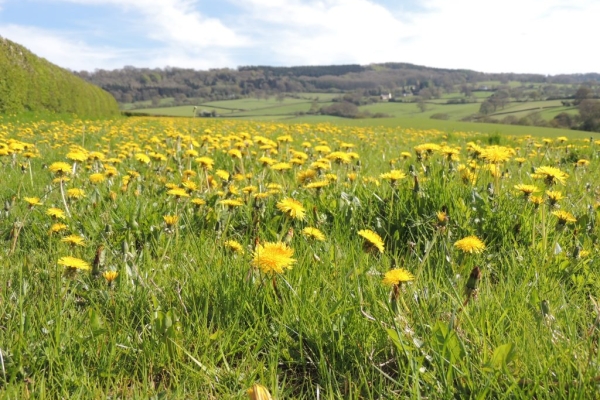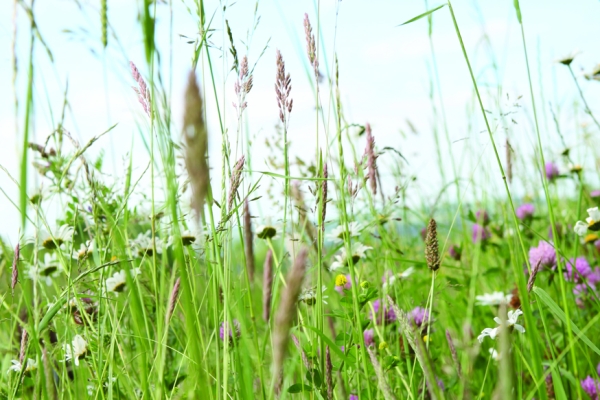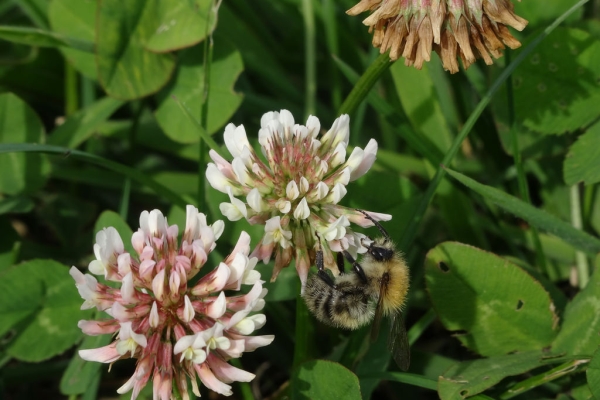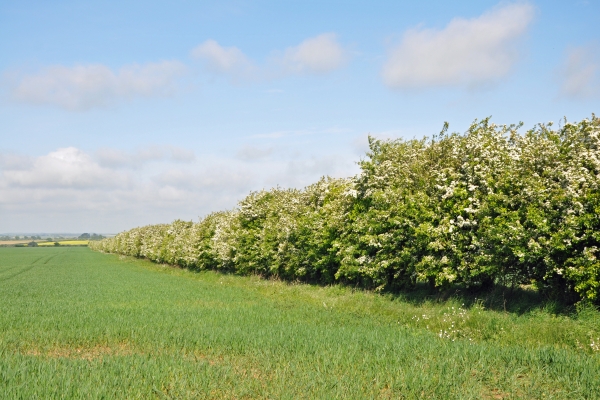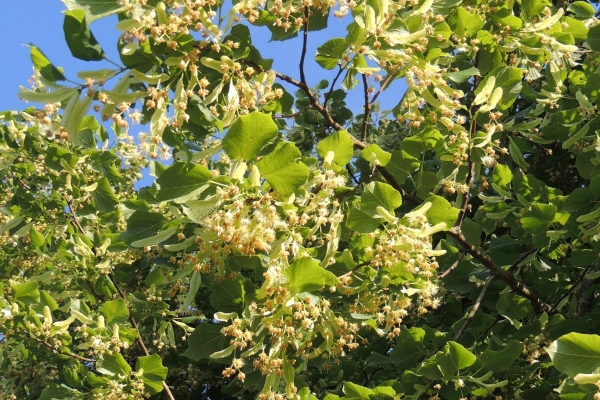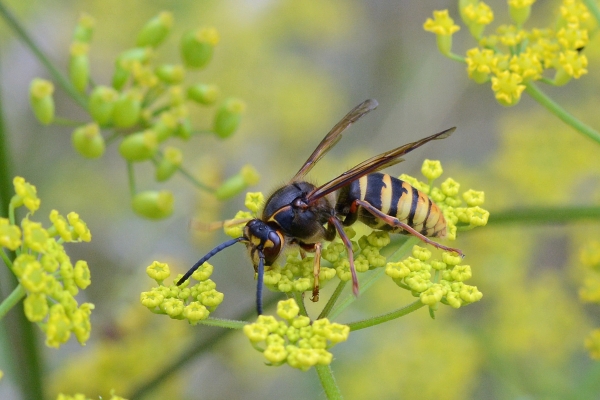How to encourage pollinators
Best Practice Guide
Resource explained
Pollinating insects such as bees, hoverflies, butterflies and moths help to pollinate the UK’s cash crops and native plant species, and are worth approximately £400 million a year to UK agriculture. However pollinator populations have been in decline since the 1950’s, largely due to the loss of their natural habitats. Careful farmland management can help to encourage and conserve pollinator populations, and this document outlines how to create and maintain wildflower meadows, hedgerows and field margins which all provide vital food and shelter. These practices can also help to meet a farm’s obligations under the Countryside Stewardship scheme.
Findings & recommendations
- There are many groups of native pollinators in addition to the honey bee, for example solitary and bumble bees, hoverflies, butterflies and moths
- Insect pollination of cash crops is worth an estimated £400 million a year to UK agriculture
- Pollinator numbers have been in decline since the 1950’s, and some species have now disappeared or are incredibly rare
- This is due to changing farming practices that result in the loss of natural habitats
- Creating and maintaining wildflower meadows, hedgerows and field margins can help to encourage pollinators
- Reducing the use of pesticides by using crop rotations, encouraging natural pest predators and growing pest resistant crops can also help slow the decline in pollinator numbers
- Pollinators can thrive in hay meadows that are managed to allow differing sward heights and low soil fertility, though these practices will also eventually reduce productivity
- Hedgerows and field margins can also be created and maintained to benefit pollinators, by planting and encouraging diverse plant species to allow the development of natural habitats and food sources
- Financial assistance for these practices may be available via the Countryside Stewardship scheme
Related articles
A short video of why we need pollinators and they need us. What simple actions can we take to help reduce the many threats pollinators...
The important role of legumes as a food resource for pollinators and species that can help provide the forage reserves throughout the year.
Game & Wildlife Conservation Trust information on managing flower-rich habitats on your farm with links to some important research.
A fantastic guide from the CEH providing detailed information to help you manage and protect our most valuable pollinators on your farmland.
Wild pollinators need you! This new resource looks at low budget ways you can provide more food, nesting and overwintering sites on your farm without...
Bees for Development practical management tips for different areas of your land, to help encourage wild flower species and pollinators.
Simple steps that farmers can take to halt the decline of bees and other insect pollinators in Wales, relevant to the British Isles.
Great tips from Buglife on what you can do to encourage pollinators on your farmland.
Practical steps you can take to ensure hedges on your farm support pollinator populations and improve the pollination of your crops.
A Bees for Development factsheet providing useful information to help you integrate insect beneficial plants on your farm.
A report highlighting the need for governmental action to protect pollinators and the importance of farming in pollinator-friendly ways.
Do you know which and how many pollinators and beneficials you are encouraging on your farm? This webinar, recorded as part of AHDB Strategic Farm...
This note provides information on how to establish and manage nectar flower mixtures to encourage pollinators.
An identification guide to eight of the UK’s most common bumblebees, vital pollinators for our food crops and wild flowers.
Organic vegetable farmer Andy Dibben puts forward the case for allowing complex insect ecosystems to develop or be proactively encouraged on farms, describing ways in...
